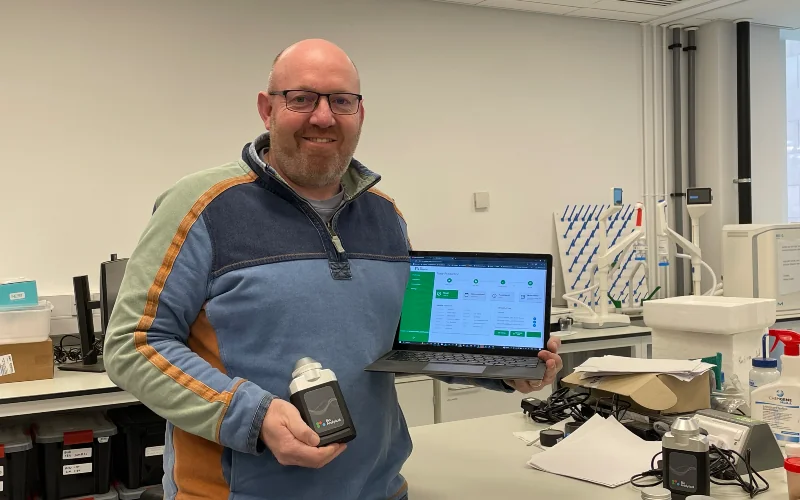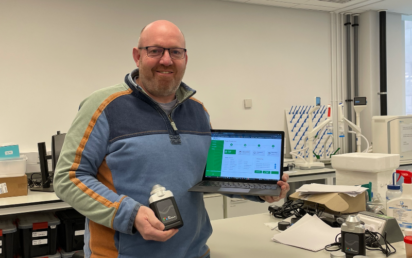Cloud engineering company Storm Reply is set to launch new technology to enable organisations across the food supply chain to drastically reduce time required to authenticate herb and spice samples.
The technology has been developed for the UK’s leading food authentication provider, Belfast-based Bia Analytical, and will reduce authentication time from days to minutes.
It takes the form of a web-based portal.
Previously, authenticity testing could take up to two weeks to complete and would be limited to a small sample size due to volume-based cost.
The business says its portal combines advanced chemometrics, AI-powered modelling and spectroscopy, using Bia Analytical’s scientific models to identify authenticity instantly.
For the user, it displays complex analytics in easy-to-understand dashboards and can be accessed by standard web browsers.
Newcastle FinTech raises millions as it eyes global expansion
Developers at Storm Reply used Amazon Web Services (AWS) cloud services to create the bespoke portal for the instant herb and spice analysis.
“Food analysis is an industry which needs modernisation,” said Storm Reply partner Rachel Grunwerg.
“Bia Analytical brought us some challenging requirements which couldn’t be met by off-the-shelf solutions, and it’s been hugely rewarding working in partnership with them to digitise the testing process and demonstrate how it can benefit the whole supply chain and consumers.”
The platform is aiming to help the UK tackle a food fraud crisis which is costing the industry at least £12bn according to the University of Portsmouth.
Bia Analytical CEO, Simon Cole, added: “With food supply chains being long and complex, fraud can occur at any point from the farm to the supermarket shelf. Testing more and testing faster are key for achieving food safety and security.
“We knew there was a better way of helping the industry to make faster decisions. By providing anyone access to our scientific models through the cloud we’re significantly increasing testing capacity in the market, as well as freeing up our scientists to develop new models for other commodities.”
The technology can be applied to almost any commodity, formulation or specification in the supply chain, including high-risk commodities like meat, fish, soybeans, cocoa and coffee.


